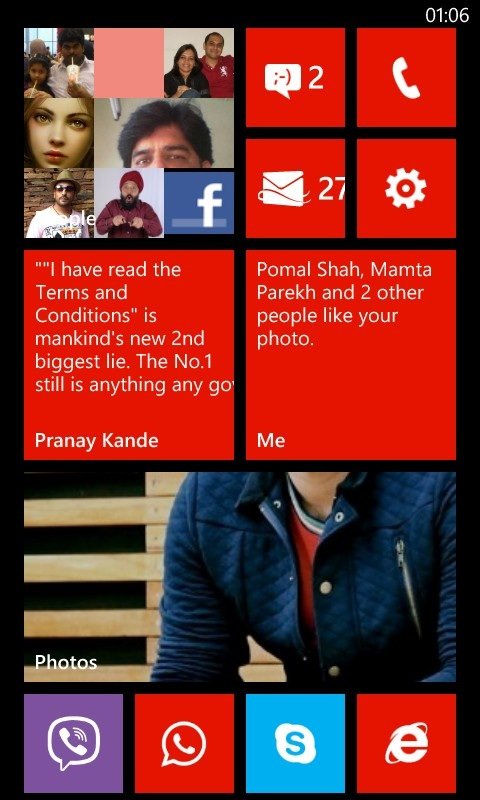Nokia Lumia 1020: focus on camera misses the big picture
There's no doubt about it: photographs taken with Nokia's new Lumia 1020 device are enormously impressive if you print them out onto a large-format high-quality print measuring, say, 1.3m wide by a metre deep. Here at Pier 42, where the launch took place earlier on Thursday, there are a number of prints showing photos taken in the past few days here in New York.
One of the most striking (not online yet, but coming at Nokia's press site) shows a view towards the apartments overlooking Central Park. The lines of the apartments are razor-sharp; the grass in Central Park is vigorously green; the pools of water are pellucid blue. Viewing it online doesn't really do the 41-megapixel shot justice.
Along with the other dozen shots hanging in a sort of gallery, you need to see it published professionally to comprehend it. And that's before you learn that it was taken from a helicopter. "That's a challenge for most smartphones," said one of Nokia's engineers, who has worked on the device for quite some time. "But we've got optical image stabilisation…" He wasn't too fazed at the specifications leaking out ahead of the official announcement. "41 megapixels is just a number," he said. "That doesn't tell you what it's like to look at."
Yet here's a strange thing: if Nokia were to release the 1020 as a stand-alone camera, stripping out the mobile phone element, it would certainly bomb. The compact camera market "is in free fall", to quote the writer from Amateur Photographer (who is also out here as a guest of Nokia). People have given up buying compact cameras because they're digital, just like their smartphones, and take nice pictures, just like their smartphones, but they don't have the capability to send their pictures to social networks such as Facebook, Twitter, Instagram, Vine or Snapchat. And the cameras on smartphones are generally "good enough" - just as MP3-quality sound has generally been found to be "good enough" by the vast majority of buyers.
By making the Lumia 1020 a superlative camera that has a phone attached, Nokia seems to be going after a very specific segment of the market: "prosumers" who want to take really good photos and have the connectivity that a smartphone provides. It's not, however, going to attract the sort of people who want to take a picture and upload it to the main social networks.
Price of success
For one thing, there's the price. The Lumia 1020 will cost $299 upfront for the basic 32GB model plus the cost of a contract from AT&T in the US; for comparison, the AT&T iPhone 5 is $199 for the base 16GB model before the contract. (Update: the 32GB iPhone costs $399, so the price is the same if you equalise those specifications. However there isn't a 16GB Lumia 1020, which means price-conscious buyers might stop at the 16GB iPhone.) For another, there's the fact that it's Windows Phone - which still doesn't have native apps for Vine, Instagram or Snapchat. Chief executive Stephen Elop points out that there are third-party apps which will do the posting to Instagram (via Hipstamatic, a company which went through its own near-death experience last August when it laid off all but one of its staff). You can post to Instagram via Hipstamatic, and then read Instagram via an app called Instance. And there's a Snapchat-compatible app.
Yet none of this is like having the native apps. And the question of whether ordinary people will really pay top whack for a fantastic camera is already answered by the compact camera market; and of whether they'll pay top whack for a top-end smartphone seems increasingly to be "no" as sales forecasts for the Samsung Galaxy S4 are revised down, along with those for the iPhone.
So what is the purpose of the Lumia 1020? I think it's to show off a top-end capability that Nokia can then push down to its lower-end phones - rather as Samsung does with the Galaxy S range, where the top-end phone is the flag carrier for the cheaper range that follows it.
People who appreciate high-quality photography (in terms of pixels captured) tend to assume that everyone will want just the same, if only they're shown the chance to get it. But this is rather like the argument that hi-fi manufacturers fooled themselves with a decade or so ago, thinking that by offering "24-bit" audio quality on Super Audio CD and DVD-Audio they would tempt people away from lo-fi MP3 listening.
Sound argument
The reality is that most people listen to music in very low quality from car radios, small bookshelf speakers, lousy headphones. MP3s weren't, and aren't, much worse - sometimes, better - than what they used to get. And you have to have ridiculously good hearing to distinguish the difference in 24-bit sound (and even that might be imaginary). SACD and DVD-Audio died like dogs in a ditch.
Now, we're much better at distinguishing differences in quality in photos, particularly when they're printed out; but viewed on a 5in smartphone screen or even a standard laptop screen, the lack of quality in most of the photos we take isn't visible. Nokia's best hope may be that screen technology improves so rapidly that the difference in picture quality becomes more visible. For the meantime, though, it will be the cheaper Lumias - the 520 and 610 particularly - which will be the bedrock of its sales. (In fact, as I wrote this article, Kantar WorldPanel ComTech tweeted that the Lumia 520 had helped Nokia to reach its highest smartphone share in the UK since April 2011 - back in the days when Nokia still sold Symbian. It didn't however specify how high that is.)
Even then, what Stephen Elop really needs more than Lumias with fantastic cameras is for Vine, Snapchat and Instagram to write native apps for the Windows Phone platform. Unfortunately, that doesn't seem to be in his hands.
http://www.guardian.co.uk/technology/2013/jul/11/nokia-lumia-1020-camera-apps
There's no doubt about it: photographs taken with Nokia's new Lumia 1020 device are enormously impressive if you print them out onto a large-format high-quality print measuring, say, 1.3m wide by a metre deep. Here at Pier 42, where the launch took place earlier on Thursday, there are a number of prints showing photos taken in the past few days here in New York.
One of the most striking (not online yet, but coming at Nokia's press site) shows a view towards the apartments overlooking Central Park. The lines of the apartments are razor-sharp; the grass in Central Park is vigorously green; the pools of water are pellucid blue. Viewing it online doesn't really do the 41-megapixel shot justice.
Along with the other dozen shots hanging in a sort of gallery, you need to see it published professionally to comprehend it. And that's before you learn that it was taken from a helicopter. "That's a challenge for most smartphones," said one of Nokia's engineers, who has worked on the device for quite some time. "But we've got optical image stabilisation…" He wasn't too fazed at the specifications leaking out ahead of the official announcement. "41 megapixels is just a number," he said. "That doesn't tell you what it's like to look at."
Yet here's a strange thing: if Nokia were to release the 1020 as a stand-alone camera, stripping out the mobile phone element, it would certainly bomb. The compact camera market "is in free fall", to quote the writer from Amateur Photographer (who is also out here as a guest of Nokia). People have given up buying compact cameras because they're digital, just like their smartphones, and take nice pictures, just like their smartphones, but they don't have the capability to send their pictures to social networks such as Facebook, Twitter, Instagram, Vine or Snapchat. And the cameras on smartphones are generally "good enough" - just as MP3-quality sound has generally been found to be "good enough" by the vast majority of buyers.
By making the Lumia 1020 a superlative camera that has a phone attached, Nokia seems to be going after a very specific segment of the market: "prosumers" who want to take really good photos and have the connectivity that a smartphone provides. It's not, however, going to attract the sort of people who want to take a picture and upload it to the main social networks.
Price of success
For one thing, there's the price. The Lumia 1020 will cost $299 upfront for the basic 32GB model plus the cost of a contract from AT&T in the US; for comparison, the AT&T iPhone 5 is $199 for the base 16GB model before the contract. (Update: the 32GB iPhone costs $399, so the price is the same if you equalise those specifications. However there isn't a 16GB Lumia 1020, which means price-conscious buyers might stop at the 16GB iPhone.) For another, there's the fact that it's Windows Phone - which still doesn't have native apps for Vine, Instagram or Snapchat. Chief executive Stephen Elop points out that there are third-party apps which will do the posting to Instagram (via Hipstamatic, a company which went through its own near-death experience last August when it laid off all but one of its staff). You can post to Instagram via Hipstamatic, and then read Instagram via an app called Instance. And there's a Snapchat-compatible app.
Yet none of this is like having the native apps. And the question of whether ordinary people will really pay top whack for a fantastic camera is already answered by the compact camera market; and of whether they'll pay top whack for a top-end smartphone seems increasingly to be "no" as sales forecasts for the Samsung Galaxy S4 are revised down, along with those for the iPhone.
So what is the purpose of the Lumia 1020? I think it's to show off a top-end capability that Nokia can then push down to its lower-end phones - rather as Samsung does with the Galaxy S range, where the top-end phone is the flag carrier for the cheaper range that follows it.
People who appreciate high-quality photography (in terms of pixels captured) tend to assume that everyone will want just the same, if only they're shown the chance to get it. But this is rather like the argument that hi-fi manufacturers fooled themselves with a decade or so ago, thinking that by offering "24-bit" audio quality on Super Audio CD and DVD-Audio they would tempt people away from lo-fi MP3 listening.
Sound argument
The reality is that most people listen to music in very low quality from car radios, small bookshelf speakers, lousy headphones. MP3s weren't, and aren't, much worse - sometimes, better - than what they used to get. And you have to have ridiculously good hearing to distinguish the difference in 24-bit sound (and even that might be imaginary). SACD and DVD-Audio died like dogs in a ditch.
Now, we're much better at distinguishing differences in quality in photos, particularly when they're printed out; but viewed on a 5in smartphone screen or even a standard laptop screen, the lack of quality in most of the photos we take isn't visible. Nokia's best hope may be that screen technology improves so rapidly that the difference in picture quality becomes more visible. For the meantime, though, it will be the cheaper Lumias - the 520 and 610 particularly - which will be the bedrock of its sales. (In fact, as I wrote this article, Kantar WorldPanel ComTech tweeted that the Lumia 520 had helped Nokia to reach its highest smartphone share in the UK since April 2011 - back in the days when Nokia still sold Symbian. It didn't however specify how high that is.)
Even then, what Stephen Elop really needs more than Lumias with fantastic cameras is for Vine, Snapchat and Instagram to write native apps for the Windows Phone platform. Unfortunately, that doesn't seem to be in his hands.
http://www.guardian.co.uk/technology/2013/jul/11/nokia-lumia-1020-camera-apps


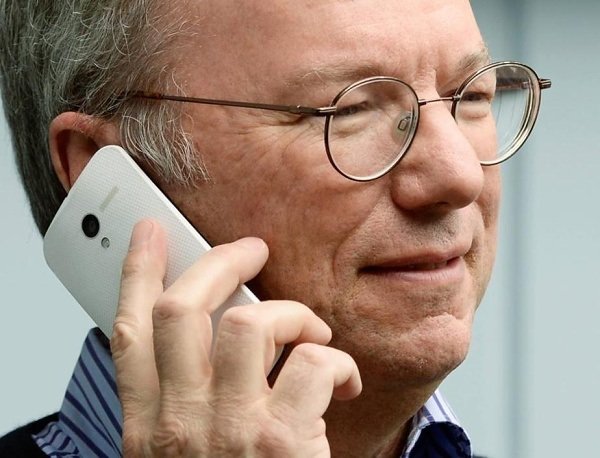


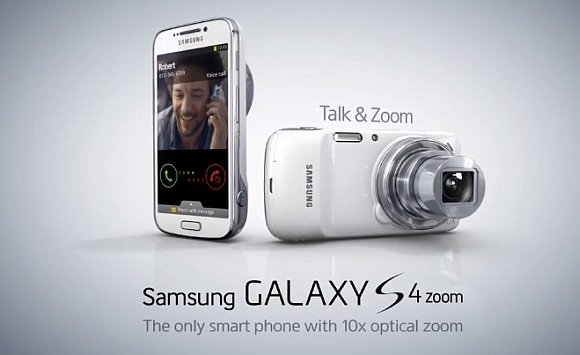
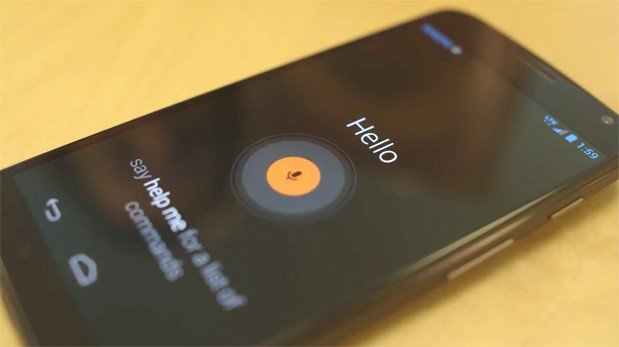
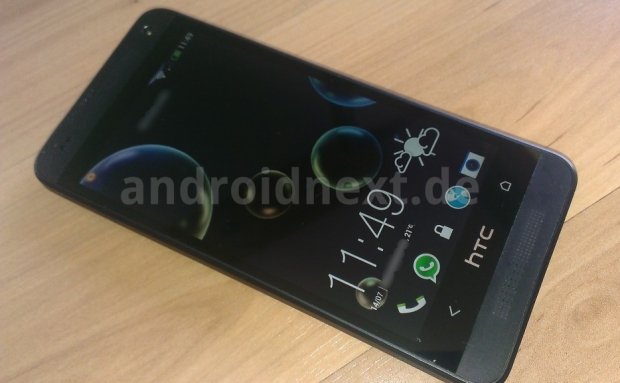
![Evil [evil] [evil]](https://www.theautomotiveindia.com/forums/images/smilies/Evil.gif)
